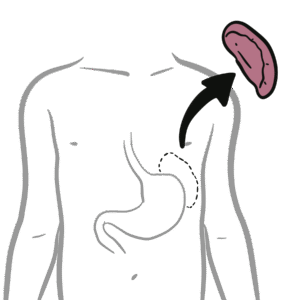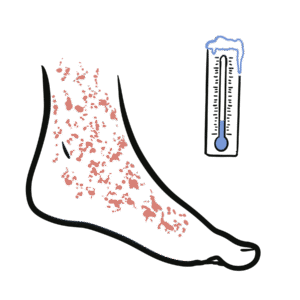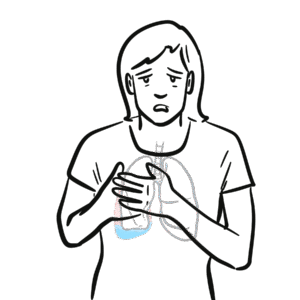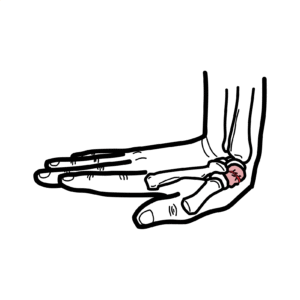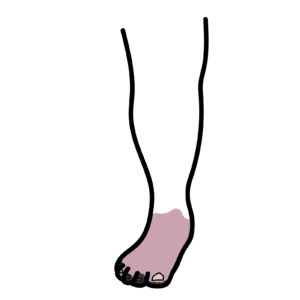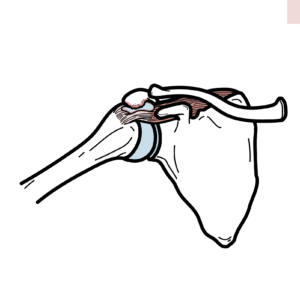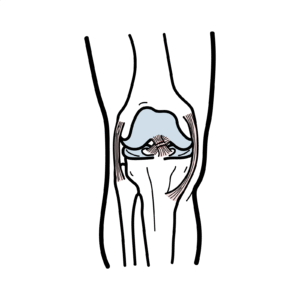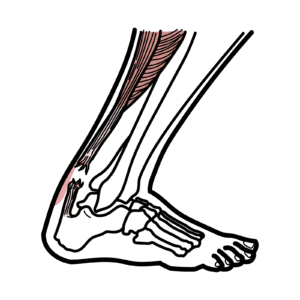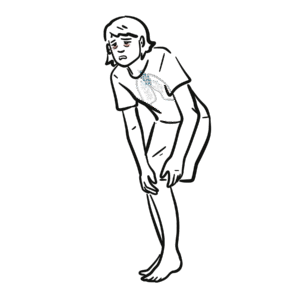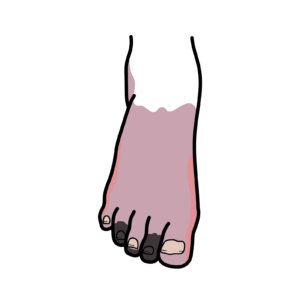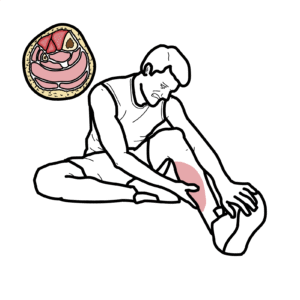Hypersensitivity type III – immune complex mechanism and examples
Type 3 hypersensitivity (immune complex) reactions explained: how antigen–antibody complexes trigger complement-driven inflammation. Learn the mechanism of immune complex formation, clearance failures, and tissue deposition that cause localized (Arthus reaction, hypersensitivity pneumonitis) and systemic (serum sickness) disease. This video breaks down how antigens—from drugs, inhaled particles, bacteria like group A Streptococcus, or even self-antigens in lupus—are processed by antigen-presenting cells, activate T-helper and B cells, and produce antibodies that form circulating immune complexes. Understand why kidneys are frequent targets (post-streptococcal glomerulonephritis, IgA nephropathy), how complement activation leads to cytokine release, opsonization, and membrane attack complex formation, and the clinical consequences of immune complex deposition. You’ll get clear, clinically relevant examples and learn to distinguish type 3 from type 2 hypersensitivity (cell-bound vs. circulating antigen), plus practical applications for recognizing immune-complex–mediated pathology in rheumatologic and renal diseases. Presented in an accessible, step-by-step format, this video gives students and clinicians a concise framework for diagnosing and understanding immune complex disorders. Watch to strengthen your immunology foundation and improve clinical reasoning around inflammatory, complement-mediated conditions—apply these insights to exams, patient care, or lab interpretation.




